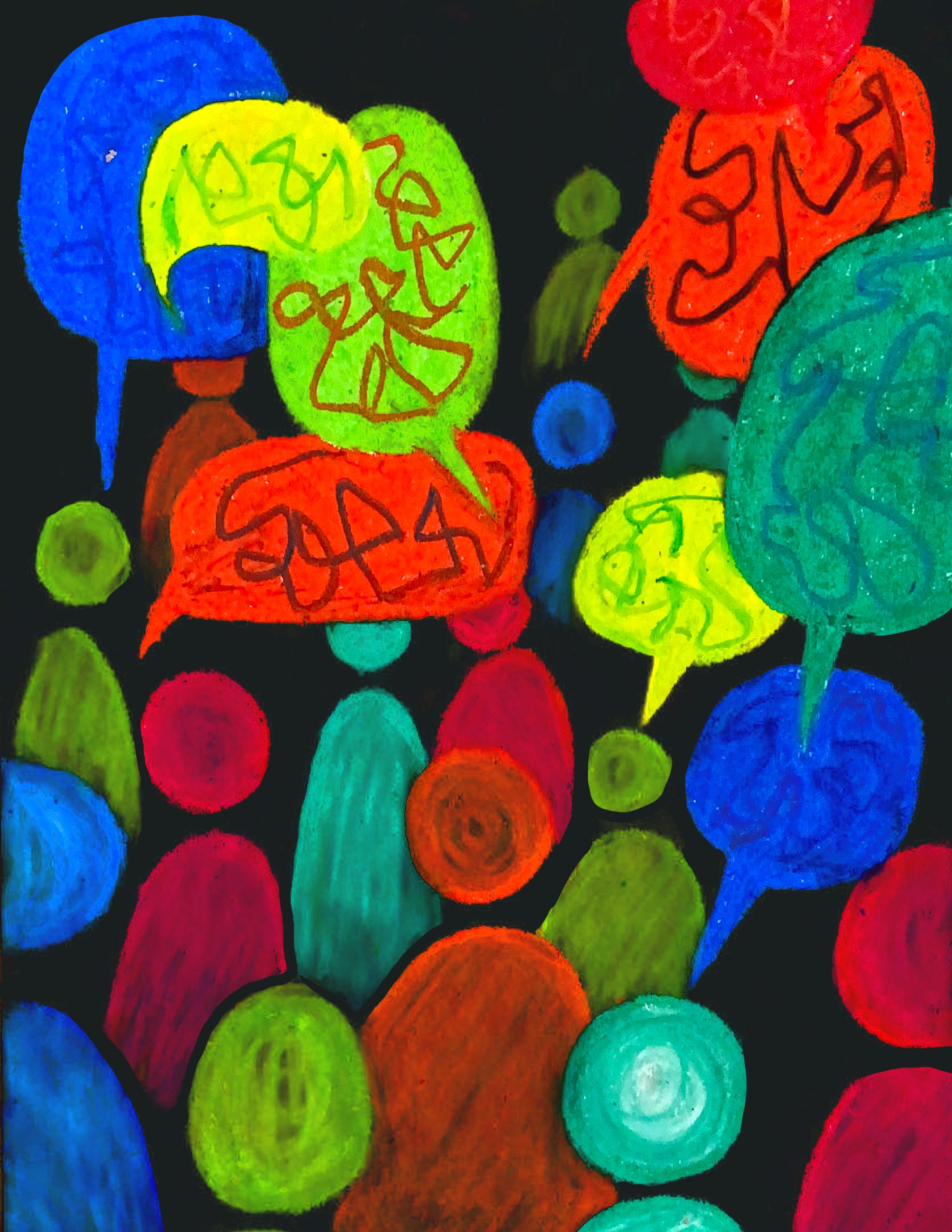Coming into high school, many Latinx students already have a strong degree of bilingualism. These students are in search of something more than just a language class, and Spanish for Native Speakers (SNS) does just this.
The SNS program was created in order to offer a Spanish track for students who already spoke the language at home. This mission cultivates a rich academic environment. SNS classes foster community, uphold high academic standards, share important cultural perspectives, and empower students.
With over 20 percent of Berkeley High students being a part of the Latinx community, SNS offers an opportunity for those with Spanish-speaking origins to unite. The program embraces community in a way that is unmatched in many other environments, as learning with other native Spanish speakers can be a bonding experience.
The SNS program also presents a variety of cultural perspectives for students to interpret and analyze. From literature to poetry and film, the class focuses on stories from different Latin American figures. The history and culture of the Spanish language is explored, as well as the legacy of colonialism in Latin America, are discussed, helping students deepen their understanding.
Critics of the SNS program believe the classes completely separate native speakers from non-native speakers. This is not true. While the SNS program focuses on native-speaking students, there are also many non-native speakers in the classes.
Non-native speakers in SNS benefit greatly from the program. The exploration of culture in the class can contribute to global awareness and open-mindedness. Non-native speakers can also grow academically with the help of their native-speaking classmates. Due to the rigor of the classes, native speakers can help non-native speakers improve their language skills. The opportunity for native speakers to lend support is uplifting and vastly helps non-native speakers.
This is all to say that the SNS program is one of empowerment for Latinx students. It is a place to share their understanding and ideas with non-native speakers in acts of support. It is a program that cultivates a close-knit community of Spanish-speaking students, and is most importantly a program that teaches the important histories and cultures of the students who are a part of it.





